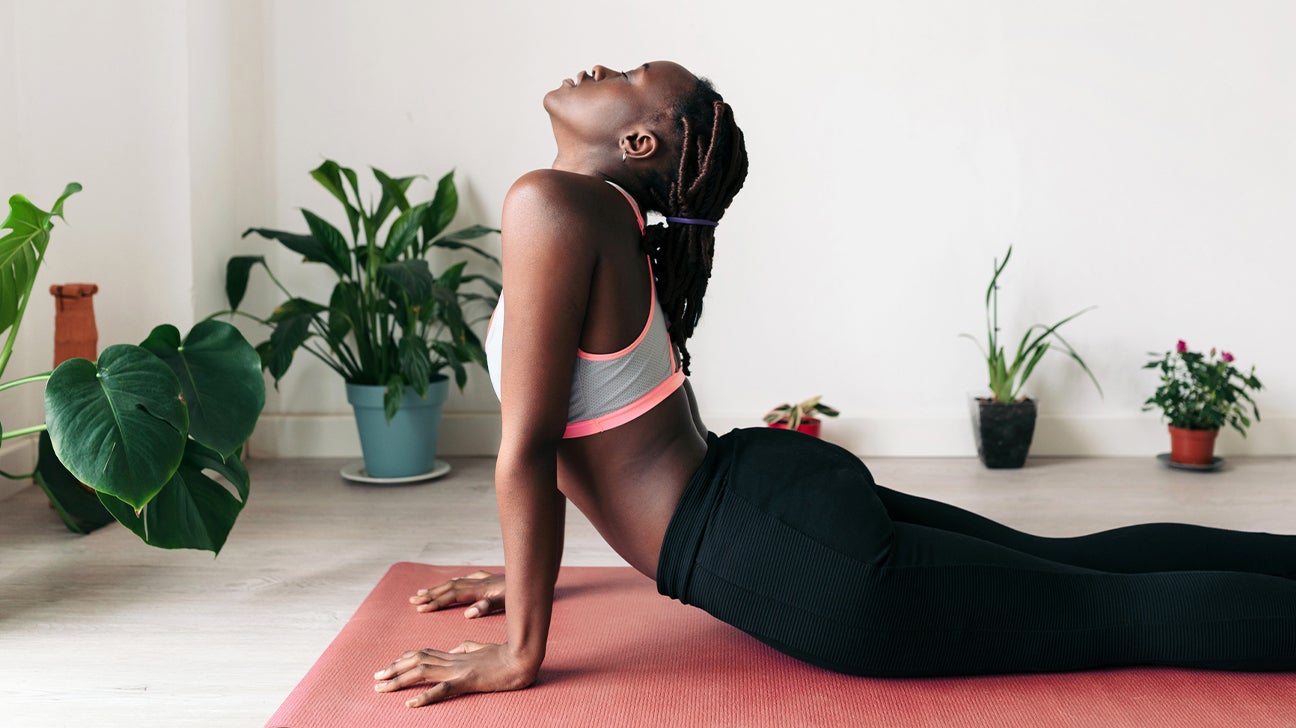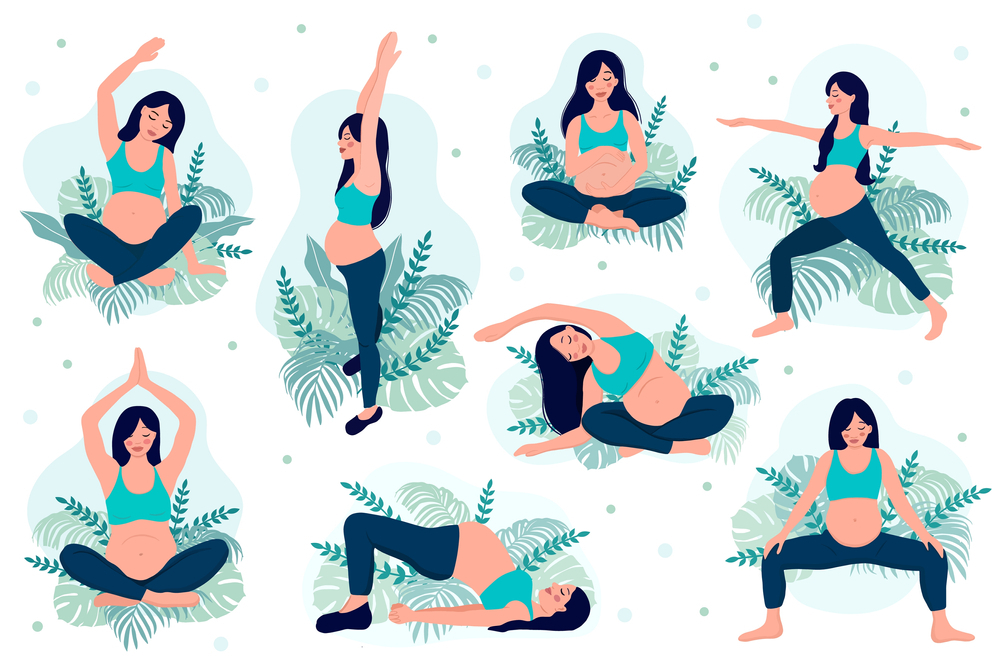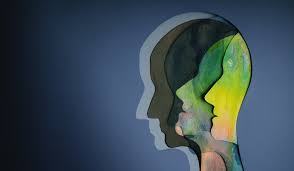Yoga has been practiced for thousands of years and continues to grow in popularity due to its profound impact on physical and mental health. As a holistic discipline, yoga combines physical postures, breathing exercises, and meditation to improve overall well-being. In this article, we will explore the numerous yoga benefits, its transformative power, and why it’s a practice everyone should consider incorporating into their daily routine.
What is Yoga?
Contents
Yoga is an ancient practice rooted in Indian philosophy. It encompasses physical, mental, and spiritual disciplines designed to bring harmony to the body and mind. There are various forms of yoga, ranging from gentle practices like Hatha Yoga to more dynamic styles such as Vinyasa and Ashtanga. Regardless of the type, the yoga benefits remain consistent in enhancing both physical and mental well-being.
Key Components of Yoga
- Asanas (Postures): Physical poses that improve strength, flexibility, and balance.
- Pranayama (Breathing): Controlled breathing techniques to enhance lung capacity and focus.
- Meditation: A mental exercise that promotes mindfulness and reduces stress.
Physical Yoga Benefits
1. Improved Flexibility and Strength
One of the most noticeable yoga benefits is improved flexibility. Regular practice stretches tight muscles, reducing the risk of injury and enhancing mobility. Additionally, yoga strengthens muscles, particularly through poses like Plank and Warrior, promoting overall body stability.
2. Better Posture and Balance
Yoga encourages body awareness, helping practitioners maintain proper posture both on and off the mat. Balancing poses, such as Tree Pose, improve stability and coordination, which can reduce the risk of falls, particularly in older adults.
3. Enhanced Cardiovascular Health
Although yoga is often associated with relaxation, dynamic forms like Power Yoga and Vinyasa Flow provide an excellent cardiovascular workout. These practices improve circulation, lower blood pressure, and support heart health.
4. Pain Management
Yoga is frequently recommended for individuals suffering from chronic pain, such as back pain or arthritis. Gentle stretches and breathing exercises relieve tension and improve situstoto mobility, making it a natural alternative to pain medications.
Mental and Emotional Yoga Benefits
1. Stress Reduction
Stress is a common part of modern life, but yoga offers an effective way to manage it. By focusing on deep breathing and mindfulness, yoga reduces cortisol levels, the hormone associated with stress, leaving you feeling more relaxed and grounded.
2. Improved Mental Clarity
Meditation and pranayama, key elements of yoga, enhance mental clarity and focus. These practices encourage mindfulness, helping individuals stay present and make better decisions in their daily lives.
3. Enhanced Mood and Emotional Well-being
Studies have shown that yoga increases the production of serotonin, the “happiness hormone.” Regular practice can alleviate symptoms of depression and anxiety, promoting a more positive outlook on life.
4. Better Sleep Quality
Yoga before bedtime can improve sleep quality by calming the mind and relaxing the body. Poses like Child’s Pose and Corpse Pose are particularly effective in preparing the body for restful sleep.
Yoga Benefits for Specific Groups
1. Benefits for Children
Yoga helps children develop flexibility, focus, and self-discipline. It’s also a fun way for kids to release energy and learn healthy habits from an early age.
2. Benefits for Seniors
Gentle yoga practices improve mobility and balance in seniors, reducing the risk of falls and enhancing overall quality of life. Yoga can also alleviate joint pain and stiffness common in aging.
3. Benefits for Pregnant Women
Prenatal yoga strengthens the pelvic muscles, reduces back pain, and prepares the body for childbirth. Additionally, it promotes emotional well-being and connection with the bab
Incorporating Yoga into Daily Life
Tips for Beginners
- Start Small: Begin with a few minutes of simple poses and gradually increase the duration.
- Find the Right Style: Experiment with different types of yoga to find the one that suits your needs.
- Seek Guidance: Join a class or use online tutorials to learn proper techniques.
- Be Consistent: Practice regularly to fully experience the yoga benefits.
Creating a Yoga Routine
- Begin with 5 minutes of pranayama to calm the mind.
- Move into a series of gentle stretches like Cat-Cow Pose.
- Incorporate strengthening poses such as Downward Dog and Warrior II.
- End with meditation or Corpse Pose to relax completely.
Challenges and How to Overcome Them
While yoga offers numerous benefits, beginners may face challenges such as:
- Lack of Flexibility: Start with beginner-friendly poses and avoid overexertion.
- Difficulty Concentrating: Practice in a quiet, distraction-free space.
- Time Constraints: Even a 10-minute session can provide noticeable benefits.
By staying patient and committed, anyone can reap the rewards of yoga.
The yoga benefits for physical and mental well-being are undeniable. Whether you seek to improve flexibility, reduce stress, or enhance overall health, yoga offers a comprehensive solution. By incorporating this ancient practice into your daily routine, you can experience a healthier, more balanced life.
READ MORE: Smoothie Pisang: Minuman Sehat yang Lezat dan Praktis









